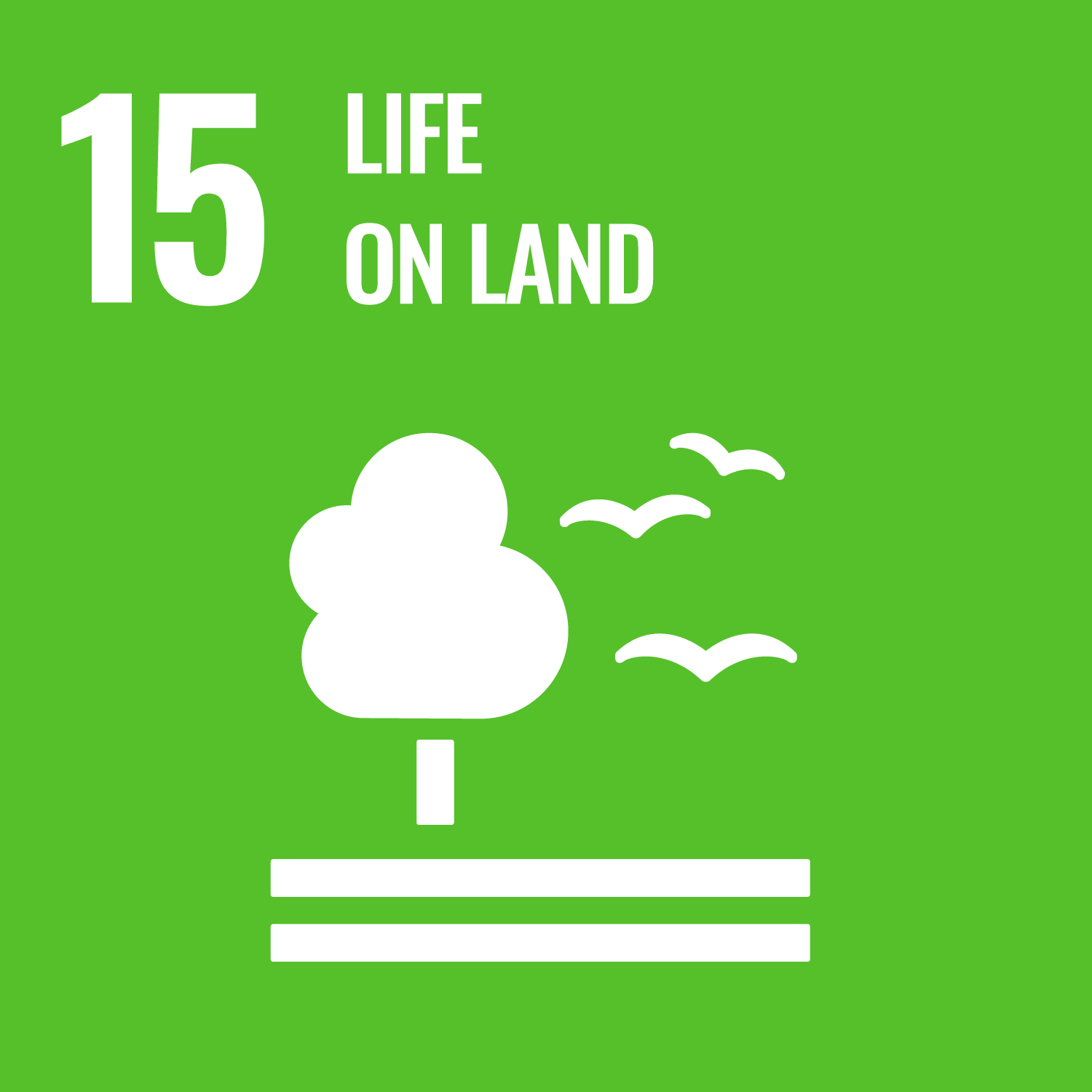Farris, S. orcid.org/0000-0002-1386-2887, Zhang, L., Dempsey, N. orcid.org/0000-0001-6642-8673 et al. (3 more authors) (2024) ‘The Elephant in the Room’ – does actual or perceived biodiversity elicit restorative responses in a virtual park? Cities & Health. ISSN: 2374-8834
Abstract
Previous studies suggested that urban green spaces with rich fauna and flora (i.e. rich biodiversity) improved well-being, in the form of reduced stress and better mood. However, few studies manipulated the biodiversity experimentally and controlled for potential confounders. In the current study, an online experiment tested the hypothesis that more biodiverse green spaces will elicit greater well-being. Over 1600 participants from the UK and China reported their mood before and after virtually exploring the same urban park but with lower or higher macro-biodiversity (plants, birds and mammals). All participants also rated their perceived biodiversity (i.e. how many kinds of plants and animals they guessed to be present). The results showed that all park variations produced improved mood, especially in stressed participants. This counters the initial expectations that maximum biodiversity correlates with higher well-being. Instead, participants who perceived higher biodiversity reported greater mood improvements than those who perceived low biodiversity. However, the perceived biodiversity overestimated the actual biodiversity. Interestingly, these findings were consistent in both UK and China samples. This indicates that well-being benefits and stress recovery can occur in parks with low and high biodiversity. However, greater well-being effects can be gained if park visitors perceive and notice more biodiversity.
Metadata
| Item Type: | Article |
|---|---|
| Authors/Creators: |
|
| Copyright, Publisher and Additional Information: | © 2024 The Author(s). Published by Informa UK Limited, trading as Taylor & Francis Group. This is an Open Access article distributed under the terms of the Creative Commons Attribution License (http://creativecommons.org/licenses/by/4.0/), which permits unrestricted use, distribution, and reproduction in any medium, provided the original work is properly cited. The terms on which this article has been published allow the posting of the Accepted Manuscript in a repository by the author(s) or with their consent. |
| Keywords: | Psychological stress; biodiversity; perception; urban parks; affective states; emotional well-being |
| Dates: |
|
| Institution: | The University of Sheffield |
| Academic Units: | The University of Sheffield > Faculty of Social Sciences (Sheffield) > School of Architecture and Landscape The University of Sheffield > Faculty of Social Sciences (Sheffield) > Department of Landscape Architecture (Sheffield) |
| Funding Information: | Funder Grant number Economic and Social Research Council 2273610 |
| Date Deposited: | 18 Oct 2024 11:29 |
| Last Modified: | 26 Nov 2025 09:51 |
| Status: | Published online |
| Publisher: | Taylor & Francis |
| Refereed: | Yes |
| Identification Number: | 10.1080/23748834.2024.2383825 |
| Related URLs: | |
| Sustainable Development Goals: | |
| Open Archives Initiative ID (OAI ID): | oai:eprints.whiterose.ac.uk:218487 |


 CORE (COnnecting REpositories)
CORE (COnnecting REpositories) CORE (COnnecting REpositories)
CORE (COnnecting REpositories)